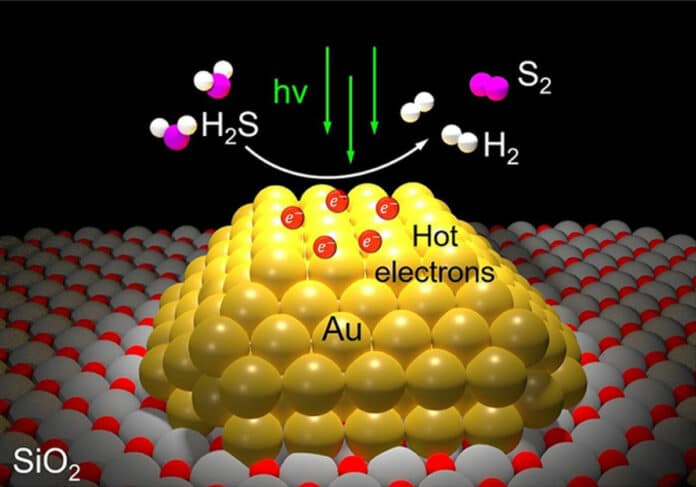High-powered 5kW fto 30kW lasers, currently used to weld automobile bodies, may have a future in nuclear plant decommissioning. The importance of these lasers for nuclear plant decommissioning has been underscored by the recent events at Fukushima.
A company called TWI of the UK, a world leader in welding, coating and materials processing, was awarded a $1.9 million contract by the UK’s Nuclear Decommissioning Authority three years ago. The company has been steadily improving the product so that it is now ready for use on a limited basis. Ultimately, the process will replace current methods of using remote controlled high pressure water jets, mechanical cutters and robots.
Laser scabbling devices allow workers to remove contaminated metal surfaces, cut up metal piping and take apart process vessels in contaminated nuclear reactors. These handheld laser cutters allow workers to more easily cut in areas that were previously too tight or remote for robots to reach. TWI’s new technology utilizes a high-power solid-state laser to transfer energy through optical fiber to a processing head.
This technology is currently used on auto production lines to weld body parts. According to TWI, the technology has been developed to a high state of reliability and precision through its widespread use in auto factories in the US and around the world.
In nuclear plants, laser beams are passed over contaminated surfaces causing them to break into very small fragments of concrete. This is known as a “scabbling” technique which breaks a material into fragments.
TWI is currently working on a debris collection system so that manual cleanup of scabbled materials can be avoided, improving overall safety. Finally the team is still working out specifics with respect to how deep laser beam cuts can go with respect to pipe diameters and wall thicknesses.
TWI’s R&D activities for these lasers include:
- Hand-held laser cutting for size reduction and dismantling of metallic structures, suitable for use in low hazard environments
- Remote laser cutting, using snake-arm and 6-axis robots, for in-situ dismantling of metallic structures
- Robotic laser cutting for high productivity size-reduction metallic structures, akin to a production line process, to minimize waste volume
- Under-water laser cutting of metallic structures
- Feasibility studies, procedure development and technology demonstrations
- Generation of data for Safety Cases, including fume analysis
- Design and supply of process heads for decommissioning applications
- Training and knowledge transfer
- Support with the adoption of laser technology for decommissioning
The following video shows the laser in action inside a nuclear power plant.







